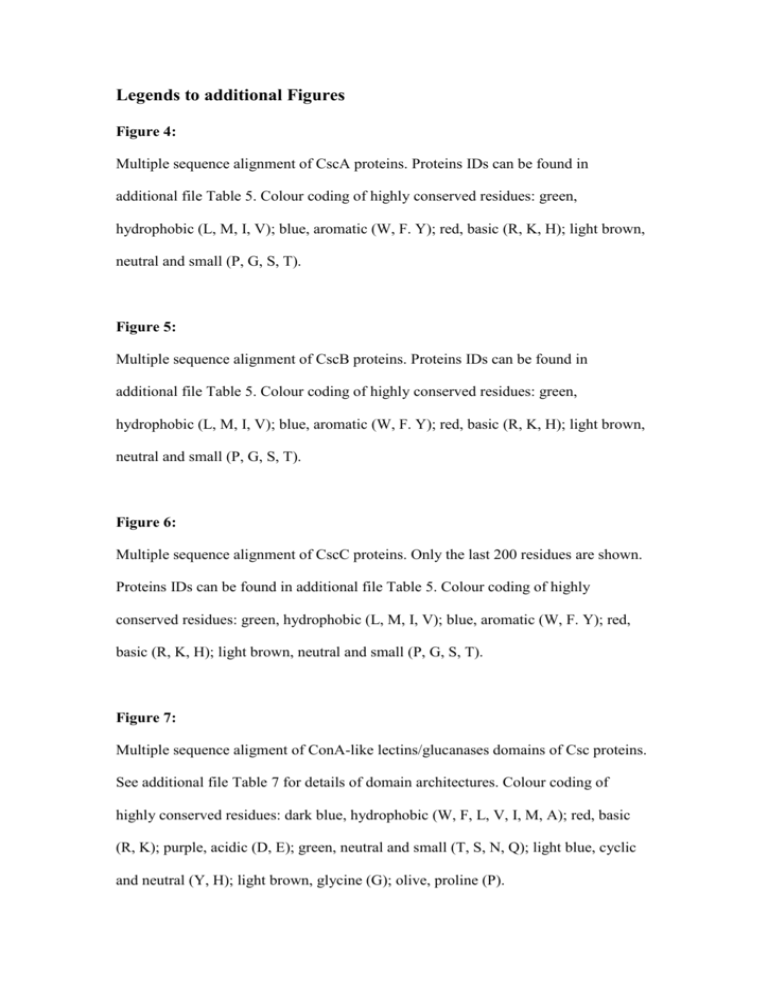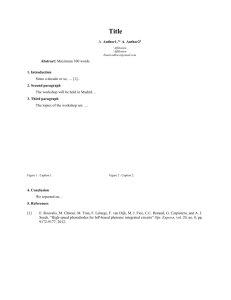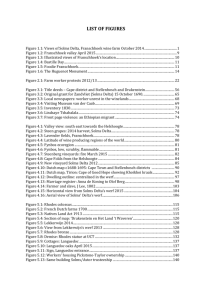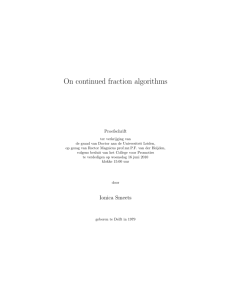1471-2164-7-126-S14
advertisement

Legends to additional Figures Figure 4: Multiple sequence alignment of CscA proteins. Proteins IDs can be found in additional file Table 5. Colour coding of highly conserved residues: green, hydrophobic (L, M, I, V); blue, aromatic (W, F. Y); red, basic (R, K, H); light brown, neutral and small (P, G, S, T). Figure 5: Multiple sequence alignment of CscB proteins. Proteins IDs can be found in additional file Table 5. Colour coding of highly conserved residues: green, hydrophobic (L, M, I, V); blue, aromatic (W, F. Y); red, basic (R, K, H); light brown, neutral and small (P, G, S, T). Figure 6: Multiple sequence alignment of CscC proteins. Only the last 200 residues are shown. Proteins IDs can be found in additional file Table 5. Colour coding of highly conserved residues: green, hydrophobic (L, M, I, V); blue, aromatic (W, F. Y); red, basic (R, K, H); light brown, neutral and small (P, G, S, T). Figure 7: Multiple sequence aligment of ConA-like lectins/glucanases domains of Csc proteins. See additional file Table 7 for details of domain architectures. Colour coding of highly conserved residues: dark blue, hydrophobic (W, F, L, V, I, M, A); red, basic (R, K); purple, acidic (D, E); green, neutral and small (T, S, N, Q); light blue, cyclic and neutral (Y, H); light brown, glycine (G); olive, proline (P). Figure 8: Protein family tree of CscA proteins, based on alignment in Figure 4 (additional file). Proteins from the same species have the same colour coding. Green dots represent speciation events, and squares represent duplication events (see [1] for details of method). 1. van der Heijden RTJM, Snel B, Huynen MA: LOFT: High resolution multilevel orthology prediction through automated analysis of phylogenetic trees. In: submitted. 2005. Figure 9: Protein family tree of CscB proteins, based on alignment in Figure 5 (additional file). Proteins from the same species have the same colour coding. Green dots represent speciation events, and squares represent duplication events (see [1] for details of method). 1. van der Heijden RTJM, Snel B, Huynen MA: LOFT: High resolution multilevel orthology prediction through automated analysis of phylogenetic trees. In: submitted. 2005. Figure 10: Protein family tree of CscC proteins, based on alignment in Figure 6 (additional file). Proteins from the same species have the same colour coding. Green dots represent speciation events, and squares represent duplication events (see [1] for details of method). 1. van der Heijden RTJM, Snel B, Huynen MA: LOFT: High resolution multilevel orthology prediction through automated analysis of phylogenetic trees. In: submitted. 2005. Figure 11: Multiple sequence alignment of ConA-like lectin/glucanase domains of CscC proteins with lectins of known 3D structure. Putative ConA-like domains (amino acid numbering in brackets) of representative CscC proteins of Enterococcus faecalis (EF), Enterococcus faecium (EFA), Lactobacillus plantarum (LPL) and Lactobacillus brevis (LBR). Known 3D structures with PDB codes: 1hql, lectin, Glechoma hederacea (Ground-ivy); 1n47, lectin B4, Vicia villosa (Hairy vetch); 1qnw, antiH(O)lectin 2, Ulex europeus (Furze); 1bqp, lectin(precursor), Pisum sativum (Garden pea). The coloured residues represent conserved ligands of divalent metal ions (Mn2+ or Mg2+). 1. van der Heijden RTJM, Snel B, Huynen MA: LOFT: High resolution multilevel orthology prediction through automated analysis of phylogenetic trees. In: submitted. 2005.



